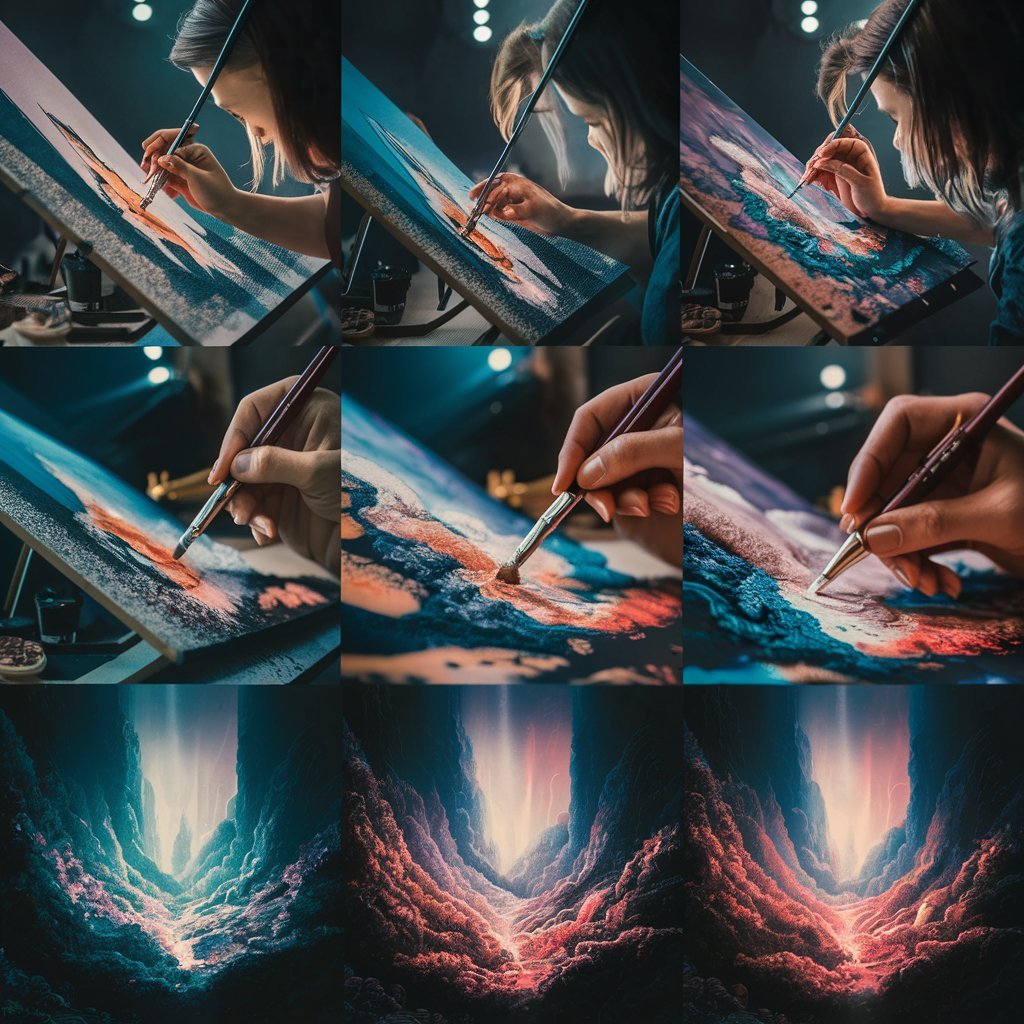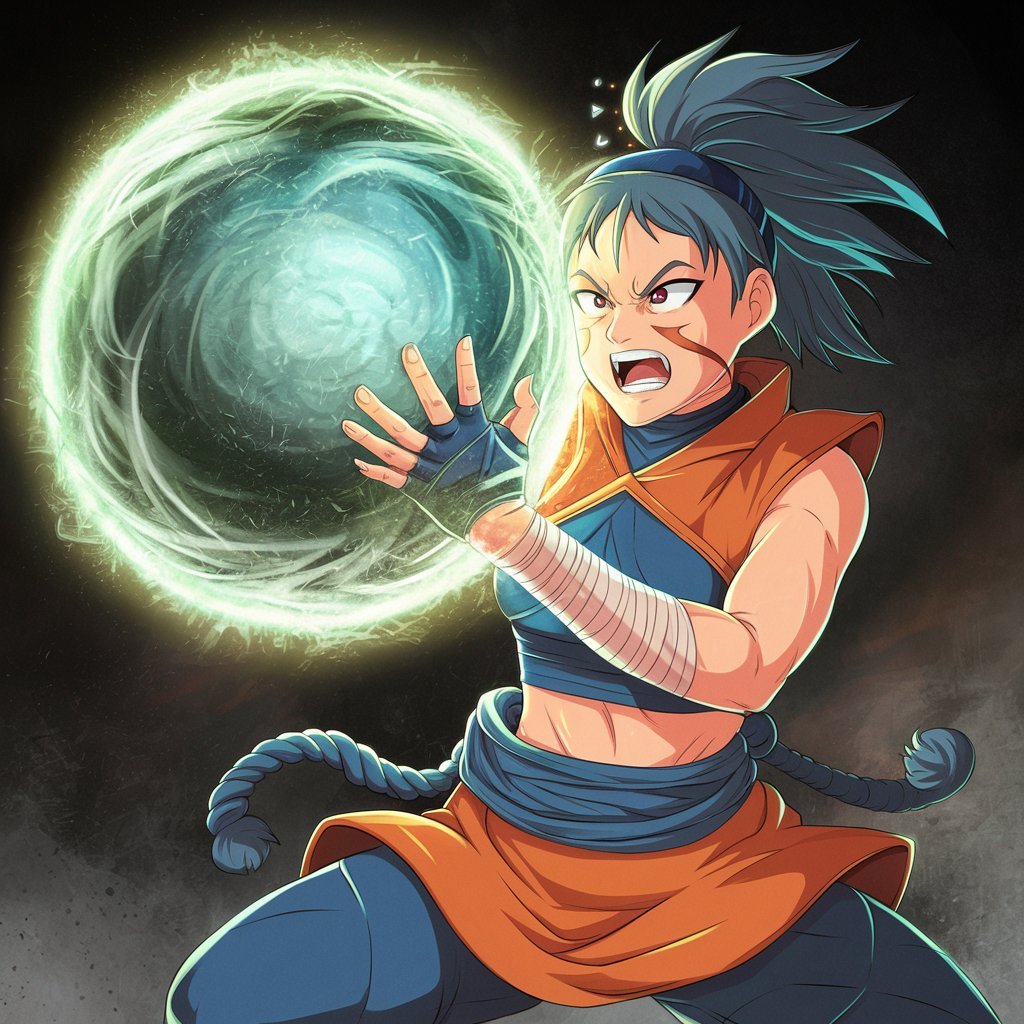Ancient Artz: Exploring Humanity’s Timeless Creative Legacy

From the hauntingly beautiful cave paintings of Lascaux to the intricate goldwork of the Moche civilization, Ancient Artz represents humanity’s earliest and most profound attempts to express ideas, beliefs, and emotions through creative means. These artistic traditions, spanning tens of thousands of years, offer invaluable insights into the cultures that produced them—revealing their spiritual values, social hierarchies, and technological advancements. Unlike modern art, which often prioritizes individual expression, ancient art was deeply intertwined with ritual, survival, and communal identity.
This article delves into the diverse forms of Ancient Artz across civilizations, examining their techniques, symbolic meanings, and enduring influence on contemporary creativity. By studying these works, we not only uncover lost histories but also connect with the universal human impulse to create and communicate across time.
1. The Dawn of Artistic Expression: Prehistoric Cave Paintings and Petroglyphs
Long before the rise of written language, early humans used cave walls and rock surfaces as their canvases, leaving behind stunning depictions of animals, hunters, and abstract symbols. The Lascaux Caves in France (c. 17,000 BCE) and Altamira in Spain feature lifelike renderings of bison, horses, and deer, possibly created as part of shamanic rituals or hunting magic. Meanwhile, petroglyphs—carved or pecked into stone—appear globally, from the spirals of Ireland’s Newgrange to the humanoid figures of Utah’s Nine Mile Canyon.
These works were not merely decorative; they likely served as storytelling devices, territorial markers, or spiritual conduits. The pigments used, such as ochre and charcoal, were mixed with animal fat or plant sap, showcasing early innovation in material science. What unites these disparate examples is their testament to humanity’s innate drive to document and interpret the world visually, a practice that continues to define us today.
2. Sacred and Symbolic: The Role of Art in Ancient Religions
In civilizations like Ancient Egypt, Mesopotamia, and the Indus Valley, art was inseparable from divine worship and cosmic order. Egyptian tomb paintings, for instance, adhered to strict conventions—hierarchical scale (gods larger than humans), composite perspective (heads in profile with frontal torsos), and symbolic colors (gold for divinity, green for rebirth). The Book of the Dead and temple reliefs at Karnak served as guides for the afterlife, blending text and image seamlessly.
Similarly, Mesopotamian cylinder seals combined artistry with bureaucracy, imprinting ownership or divine protection onto clay tablets. In the Americas, the Olmec colossal heads (1200–400 BCE) and Maya stelae conveyed political and religious authority through monumental stonework. These works were not “art for art’s sake” but functional tools to mediate between the mortal and the divine, ensuring cosmic balance and legitimizing rulers.
3. Craftsmanship and Innovation: Materials and Techniques of Ancient Artisans

The technical prowess of ancient artists is evident in their mastery of diverse mediums—ceramics, metallurgy, textiles, and mosaic—often achieved with rudimentary tools. Greek black-figure and red-figure pottery (6th–4th century BCE) demonstrated sophisticated firing techniques to create intricate narratives. The Han Dynasty’s lacquerware and Andean weaving (Paracas culture) employed vibrant dyes and complex patterns that remain vibrant millennia later.
Metalworkers in Ancient Benin (Nigeria) produced bronze plaques using the lost-wax method, while Celtic torcs showcased intricate filigree. Even fragile materials like Egyptian faience (glazed ceramic) or Roman glass reveal an understanding of chemistry. These innovations were often trade secrets, passed down through guilds or families, and their preservation allows modern scholars to reconstruct ancient technologies and trade networks.
4. Lost Civilizations and Rediscovered Art: Pompeii, Terracotta Armies, and More
Some of the most remarkable Ancient Artz were preserved by chance or tragedy. The eruption of Mount Vesuvius in 79 CE froze Pompeii’s frescoes and mosaics in time, offering snapshots of Roman domestic life—from erotic scenes in the Villa of the Mysteries to still-life xenia (food offerings). In China, the Terracotta Army (210 BCE) of Qin Shi Huang guarded an emperor’s tomb with 8,000 unique soldier sculptures, each bearing distinct facial features. Meanwhile, the Moche portrait vessels of Peru (100–700 CE) captured individual likenesses with startling realism. Such discoveries, often unearthed by archaeologists, rewrite history books and challenge Eurocentric narratives of artistic evolution. They also raise ethical questions about cultural repatriation, as many artifacts reside in foreign museums far from their origins.
5. The Legacy of Ancient Artz: Influence on Modern and Contemporary Art
The aesthetics and themes of Ancient Artz continue to inspire artists today. Picasso’s fascination with African masks (seen in Les Demoiselles d’Avignon) and Modigliani’s elongated figures echo Cycladic and Egyptian stylization. The minimalism of Brancusi’s sculptures owes a debt to Neolithic stone idols, while contemporary installations like Anselm Kiefer’s lead books evoke cuneiform tablets. Even pop culture draws from ancient motifs—Marvel’s “Black Panther” incorporated Benin bronze imagery, and video games like “Assassin’s Creed Origins” digitally reconstructed Ptolemaic Egypt. Beyond aesthetics, ancient art’s communal and ritualistic functions resonate in today’s street art murals or participatory performance art, proving that the human need to create and share stories transcends epochs.
Conclusion
Ancient Artz are far more than relics of bygone eras; they are living testaments to humanity’s shared creativity and resilience. Whether serving spiritual, political, or personal ends, these works bridge the gap between past and present, inviting us to marvel at the skill and vision of our ancestors. As we decode their symbols and techniques, we not only preserve cultural memory but also find new ways to reinterpret our own world through an ancient lens. In a digital age dominated by fleeting images, the endurance of these artworks reminds us of art’s power to outlast civilizations and speak across millennia.




